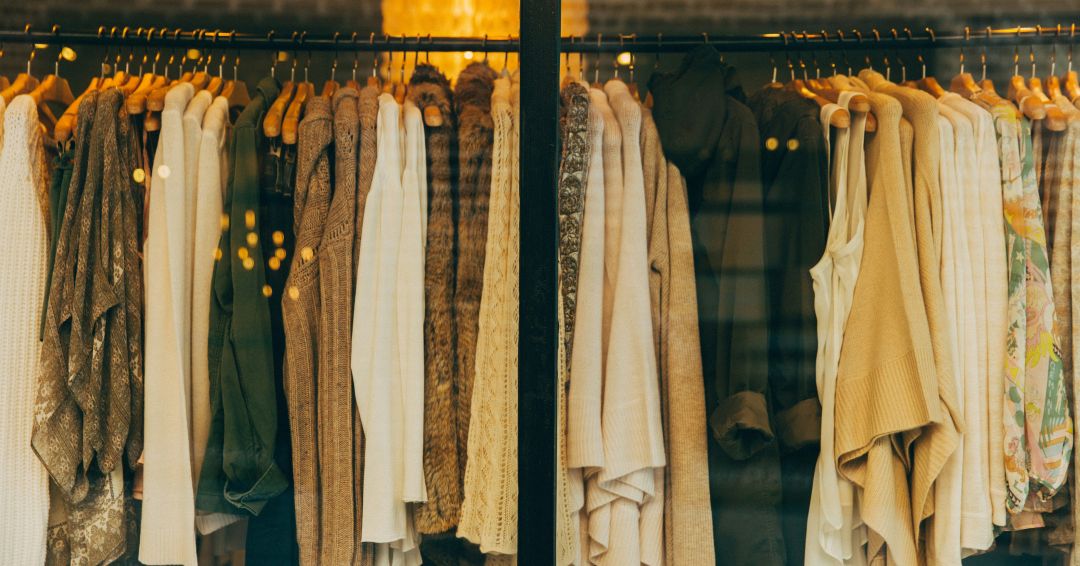The global fashion industry is grappling with the fallout from President Donald Trump’s announcement of sweeping new tariffs, the most comprehensive trade restrictions seen in nearly a century. The move, which targets some of the largest apparel manufacturing hubs globally, has sent shockwaves throughout the sector.In a statement from the White House Rose Garden, Trump unveiled a baseline tariff of 10% on all imported goods.
However, the levies are significantly higher for approximately two dozen countries with which the US maintains a trade deficit, many of which serve as major production centers for the fashion industry.The tariff hit list: Vietnam, Cambodia, Bangladesh, China, and the EUVietnam, the second-largest apparel exporter to the US after China, will face a steep 46% tariff. Cambodia will be subject to a 49% duty, while Bangladesh will incur a 37% tariff.

China’s existing tariff rate will be augmented by a new 34% levy, bringing its total tariff rate to 54%. The European Union will be hit with a 20% duty.“We are deeply disappointed by the Trump Administration’s decision to impose new tariffs on all imports,” the United States Fashion Industry Association said in a statement, underscoring the industry’s concern.
This action will particularly affect American fashion brands and retailers.The tariffs, Trump declared, would take effect at midnight.Fashion stocks plunge: Wall Street reacts to tariff newsThe market reacted swiftly, with fashion stocks plummeting in after-hours trading.
Lululemon shares dropped over 10%, while Nike and Ralph Lauren fell by 7%. Tapestry, Capri, and PVH Corp. all experienced declines of around 5%.
These drops outpaced a nearly 4% dip in S&P 500 futures, highlighting the specific vulnerability of the fashion sector.These new duties, following Trump’s earlier tariffs on goods from China, Mexico, and Canada, are poised to increase costs and create significant disruption for countless fashion businesses. The US is a crucial market for apparel and footwear, importing more than 98% of its clothing and approximately 99% of its shoes.
This means that virtually every fashion item sold in the country will be subject to additional duties.In his announcement, Trump displayed a chart outlining the countries and tariff rates, which he stated represented half of the tariff and non-tariff barriers they apply to the US. The rates were notably higher than many analysts had anticipated.
The golden age of America: Trump’s vision and the reality for fashion“We will pry open foreign markets and break down foreign trade barriers, and ultimately, more production at home will mean stronger competition and lower prices for consumers,” Trump asserted in his address. This will be, indeed, the golden age of America, it’s coming back. We’re going to come back very strongly.
However, the realities for the fashion industry are likely to be far more complex. The shocks are expected to reverberate throughout fashion’s global supply chain. Following Trump’s previous tariff announcements, retailers like Walmart announced intentions to negotiate price cuts with suppliers, effectively shifting some of the burden downstream.
With factories already operating on thin margins, demands for further price reductions could have cascading effects, impacting textile makers and farmers.Many brands and retailers will face the difficult choice of absorbing the higher costs or passing them on to consumers through price increases. This comes at a time when many shoppers are already feeling the pinch from inflation and are carefully managing their budgets.
Before the new tariffs were even announced, the uncertainty surrounding Trump’s trade policies contributed to a decline in US consumer confidence, which fell in March to its lowest level since the pandemic.“More tariffs equal more anxiety and uncertainty for American businesses and consumers,” David French, executive vice president of government relations for the National Retail Federation, told CNN.Luxury, sports, and beyond: no sector is immuneWhile the tariffs will impact a broad spectrum of fashion businesses, some sectors may be particularly vulnerable.
The luxury market, for example, has seen the US as its most resilient region amid a global slowdown. However, the lack of domestic production within the US means these brands will now face new costs. Sports brands, which have actively diversified their sourcing away from China, now find themselves confronting cost spikes in alternative manufacturing hubs like Vietnam and Cambodia.
Ultimately, the entire fashion industry will feel the effects, even those businesses that produce finished goods in the US, as they often rely on imported raw materials. Navigating this new landscape will present significant challenges in the months ahead.The post Dressed for disaster? The harsh impact of Trump's tariffs on the fashion industry appeared first on Invezz.
Business

Dressed for disaster? The harsh impact of Trump’s tariffs on the fashion industry

The global fashion industry is grappling with the fallout from President Donald Trump’s announcement of sweeping new tariffs, the most comprehensive trade restrictions seen in nearly a century. The move, which targets some of the largest apparel manufacturing hubs globally, has sent shockwaves throughout the sector. In a statement from the White House Rose Garden, [...]















